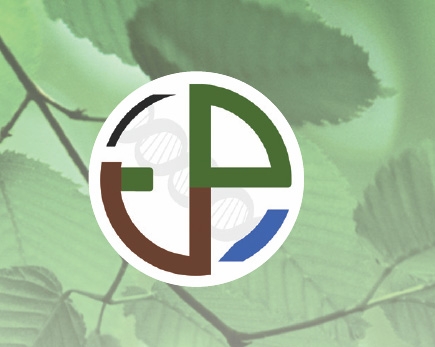The multiplication of Coffea arabica by somatic embryogenesis
Among the possible techniques of micropropagation, vegetative propagation by somatic embryogenesis is the most promising for the rapid spread far and large scale of elite individuals. Yet to date, there are only very few examples of somatic embryogenesis propagation processes used commercially. Locks are multiple and most often are located at a significant genotype effect in particular for the production of embryogenic tissue at the level of the quality of regenerated somatic embryos, the effect of somaclonal variation and more generally at lack of reproducibility and efficiency in certain steps, leading to far prohibitive production costs. The research on somatic embryogenesis of coffee began in various institutions, including the Centre for International Cooperation in Agronomic Research for Development (CIRAD), from the late 1970s Between 1995 and 2001, CIRAD has changed the technique used on the scale of a research laboratory to a method for the industrial distribution F1 hybrid of Coffea arabica extremely promising. During this period, two technological innovations have made economically feasible industrial transfer: mass production of somatic embryos in temporary immersion bioreactors and the opportunity to sow directly in the nursery. Meanwhile, reassuring data concerning the genetic conformity of the regenerated plants were obtained (frequency of somaclonal variation? <\ ;? 3%). In 2002, CIRAD in partnership with ECOM group decided the industrial transfer of somatic embryogenesis method to broadcast four Central American Arabica hybrid clones selected for agroforestry cropping systems. This paper describes the coffee at the various stages and challenges had to be overcome to a successful technology transfer in 2010 and one of the first examples of commercial application of somatic embryogenesis technique.





